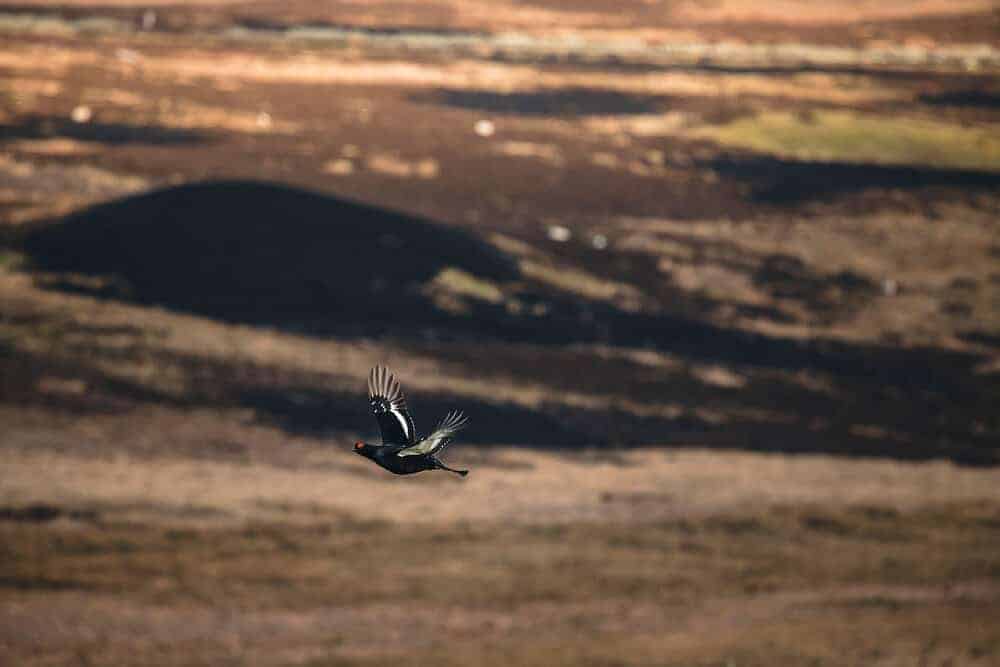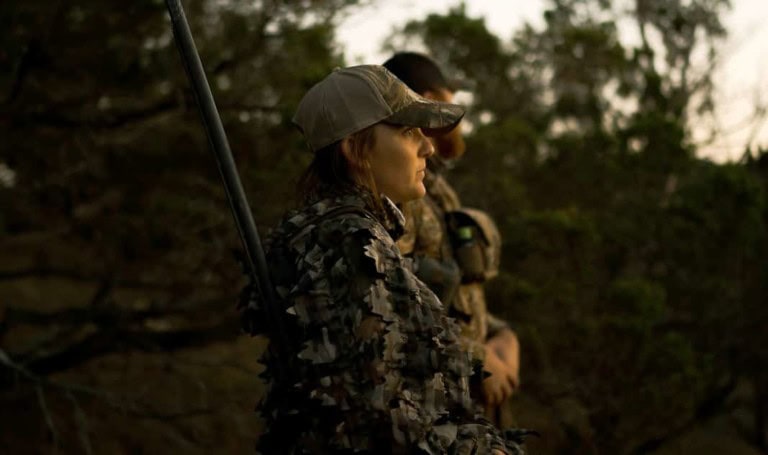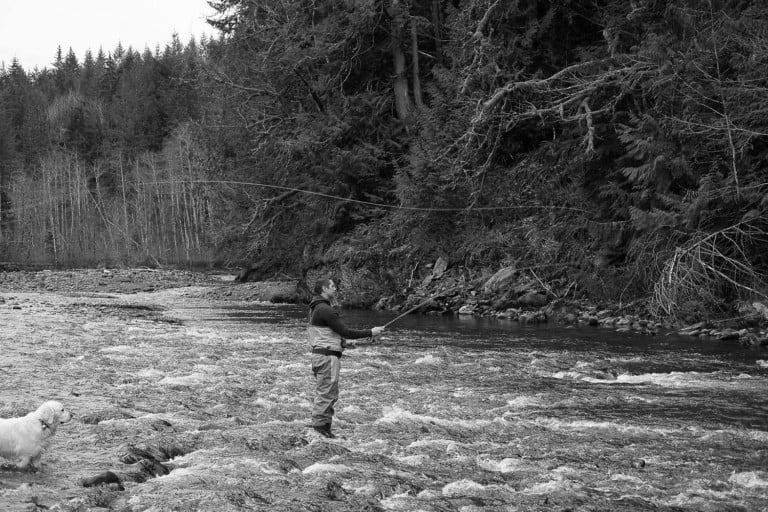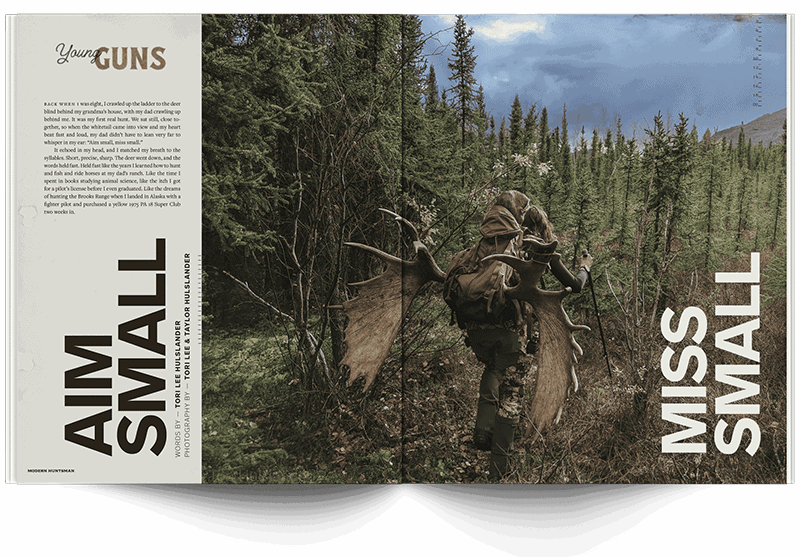Winter can seem lifeless in the icy depths that precede spring. Northerly winds storm south, dragging the Arctic over Scotland, surging across the open vista of our moorland. The heather, now drab and dull, gives and pulls in the face of marching snow and icy showers. Few species brave the unrelenting short days and long nights of the mountains, but some manage to carve out an existence. Soon, the hills will once again be alive, as the snow retreats to pockets of sheltered northern-facing corries. The shrill and repetitive kleep, kleep sound of oyster catchers marks the first glimpses of spring in the lower foothills. Soon their lone call will be joined by the distinctive cry of the curlew, ready to join the red grouse that have been awaiting their return. They have sat out the long winter largely alone, their abundant numbers cultivated by the hand of man. For a time, the seas of heather will also be home to some of the most endangered species in the country, and here they will bid for their future as they produce the next generation.
The ruffed grouse of North America | Photo courtesy of the Ruffed Grouse Society
As we wrestle with the public interest of moorland management and grouse shooting in the UK, great insight can be gained by studying the challenges of grouse-focused habitat in other parts of the world. Do we grasp the gravity of our current responsibility to protect our moorland, and fully comprehend the global importance of this ecosystem? It seems almost every day we face news of another habitat on the brink of irreversible decline; it has become increasingly clear that humans have a critical role in actively managing the landscape, to both restore and prevent further damage to ecosystems. A hands-on management





